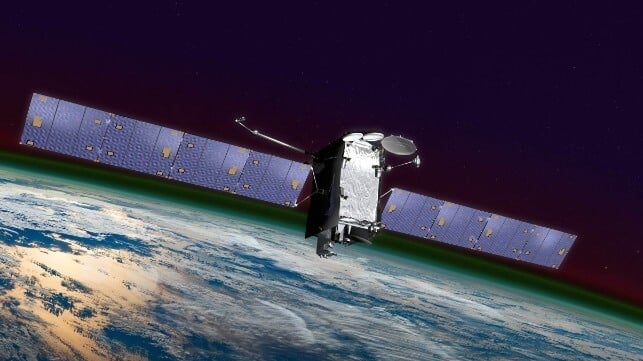SES Reaches Agreement to Buy Intelsat

The EU-based satellite corporation SES has reached a deal to acquire American competitor Intelsat - the market leader in maritime VSAT - for $3.1 billion. The agreement is the latest in a growing wave of M&A activity in satcom, as incumbent providers reach for scale to counter new entrants in the sector.
In the near term, SES and Intelsat expect to save $2.6 billion from "readily creatable" synergies from the merger. In the longer term, the combined firm will be well-placed to compete in high-growth segments of the market, Intelsat said.
"In a fast-moving and competitive satellite communication industry, this transaction expands our multi-orbit space network, spectrum portfolio, ground infrastructure around the world, go-to-market capabilities, managed service solutions, and financial profile," said SES CEO Adel Al-Saleh.
For Intelsat, the acquisition is a vindication of a long-term turnaround strategy, including its passage through bankruptcy in 2021-22. The bankruptcy process cut the company's debt by more than half, from about $16 billion to $7 billion, and injected $7 billion in new financing. The firm emerged with new owners and new top executives, who have reversed its fortunes over the past two years.
About three-quarters of Intelsat's shareholders have already approved the deal, as well as the boards of both companies. The merger will require regulatory approval, which is expected in the second half of next year.
Price and service-speed pressures from SpaceX's Starlink system have forced most satcom players to adjust to a new reality, and consolidation through M&A is one adaptation. Other recent deals include Eutelsat's purchase of OneWeb, SES' purchase of O3b, and Viasat's acquisition of Inmarsat.
Starlink is a first mover in the low earth orbit (LEO) broadband service category, with a constellation of 5,000 satellites and growing. Its constellation's proximity to Earth reduces latency, the delay time for transmission, which matters for interactive tasks like videoconferencing or remote control. Its cost structure is comparatively low and service speeds are high, and it is gaining acceptance for crewmember and passenger connectivity applications.
Multiple new competitors will likely enter the LEO field in short order, including China's GuoWang and Amazon's Project Kuiper. Both plan to launch new constellations numbering in the thousands of satellites.
